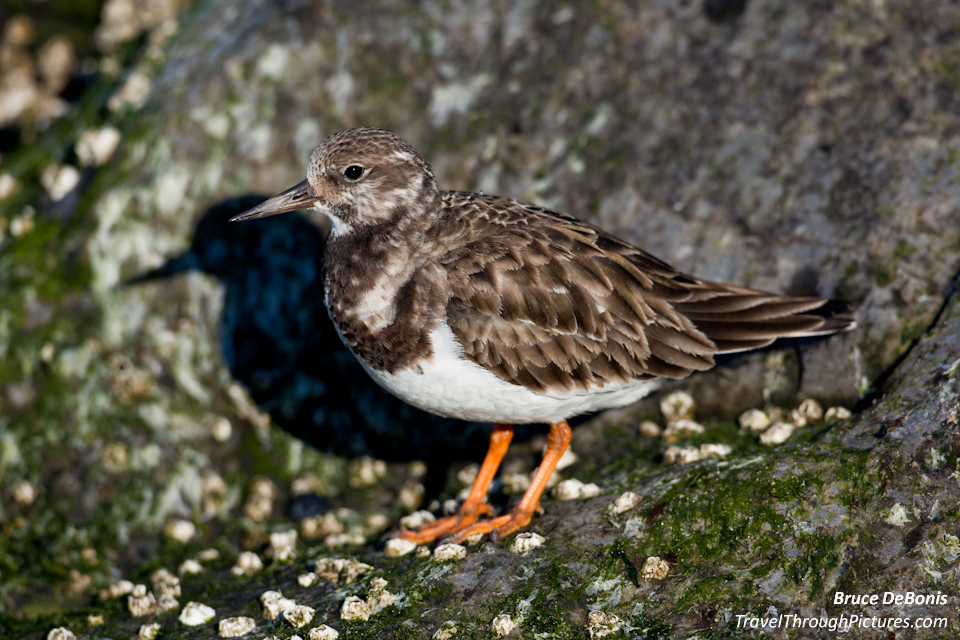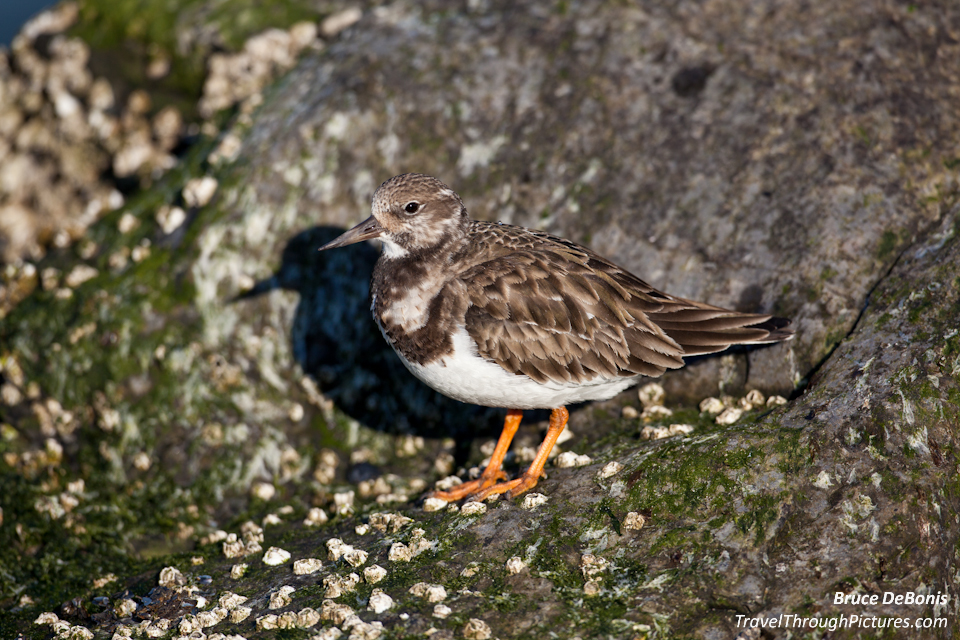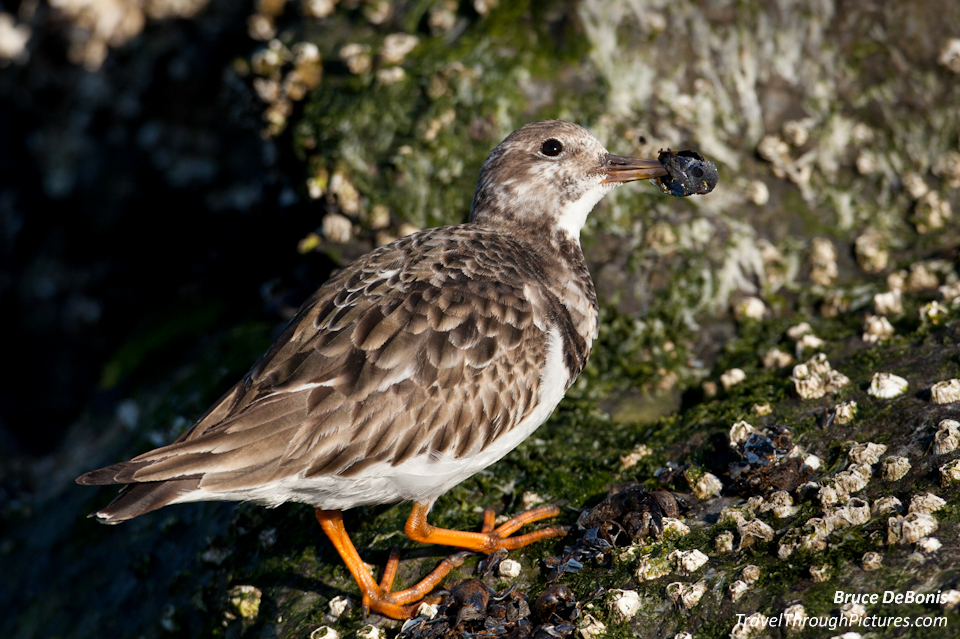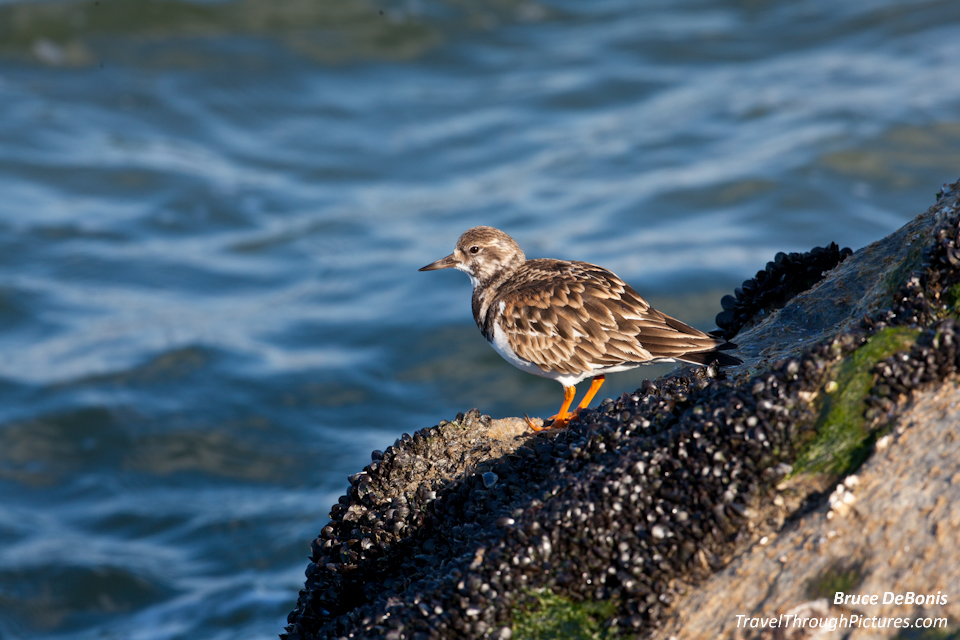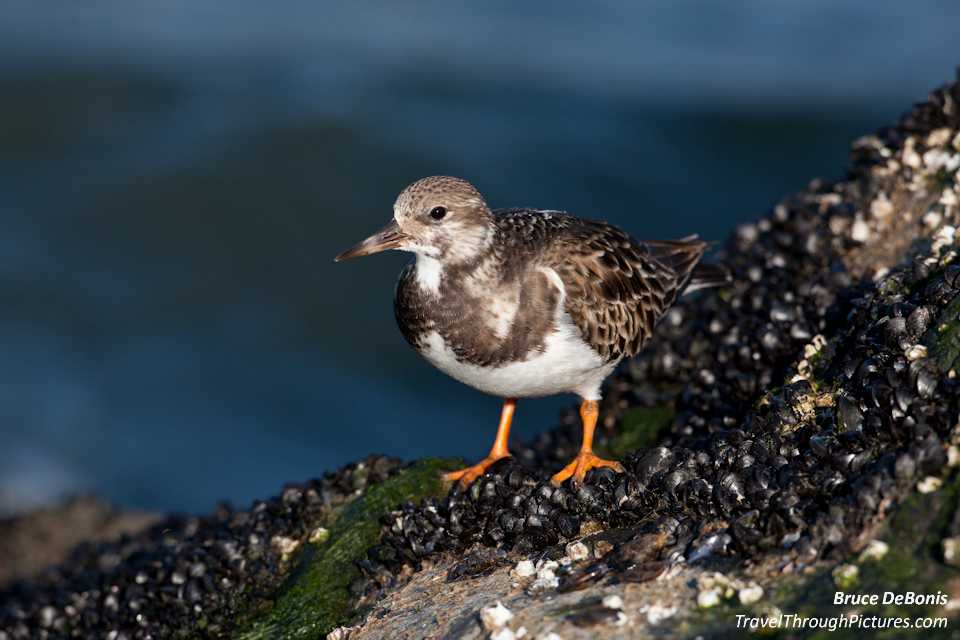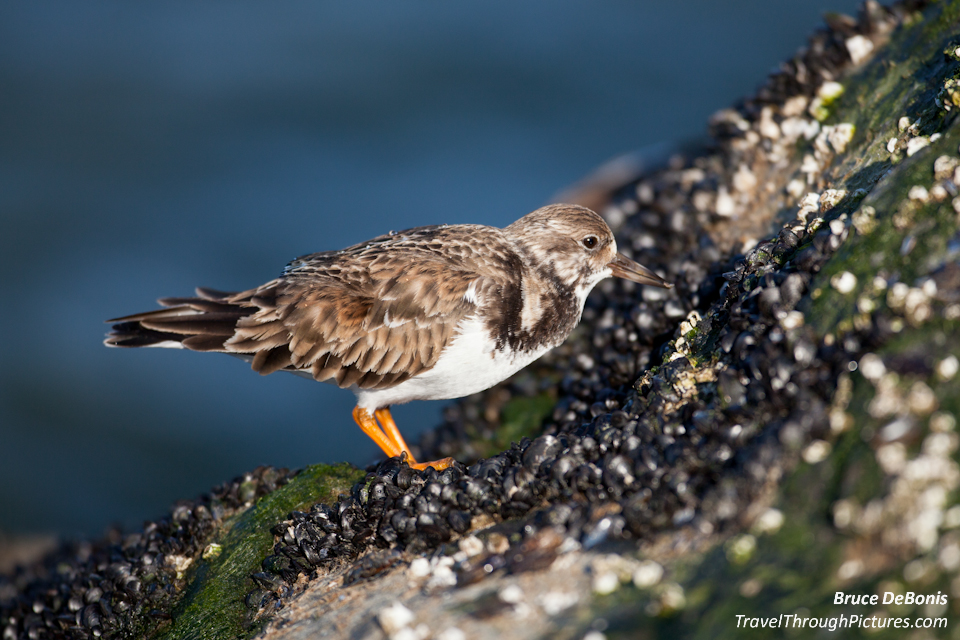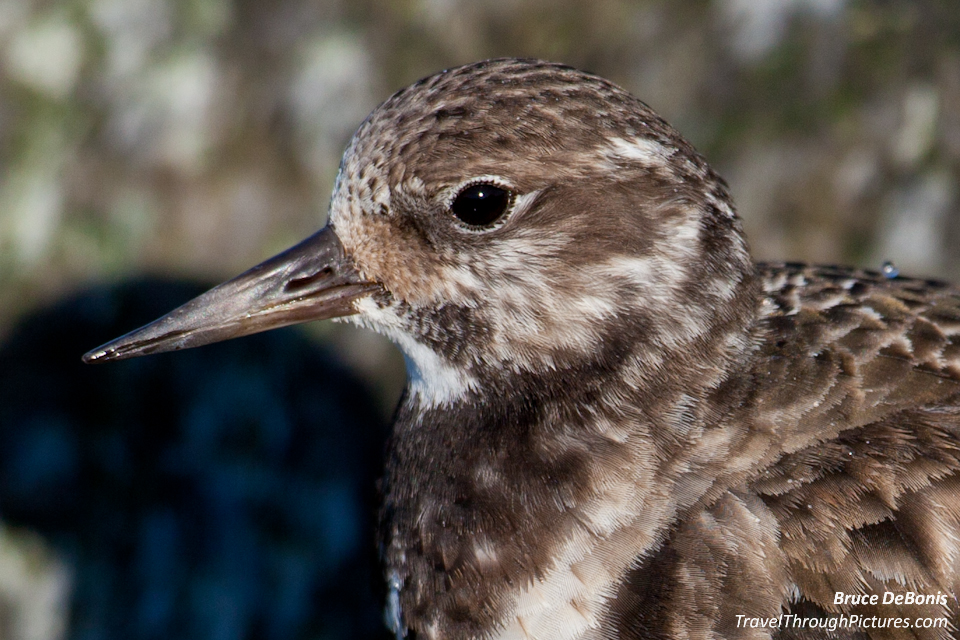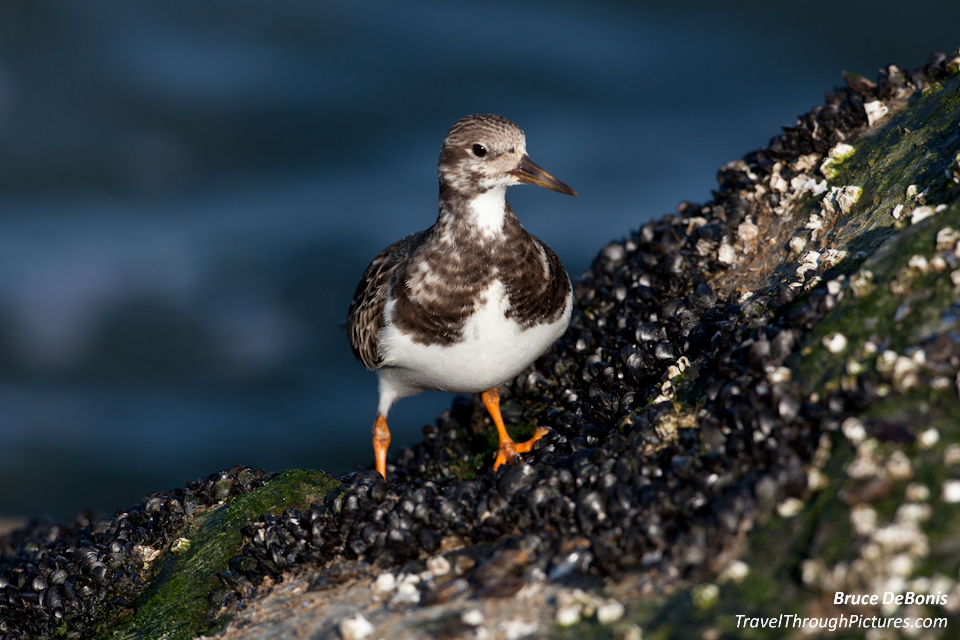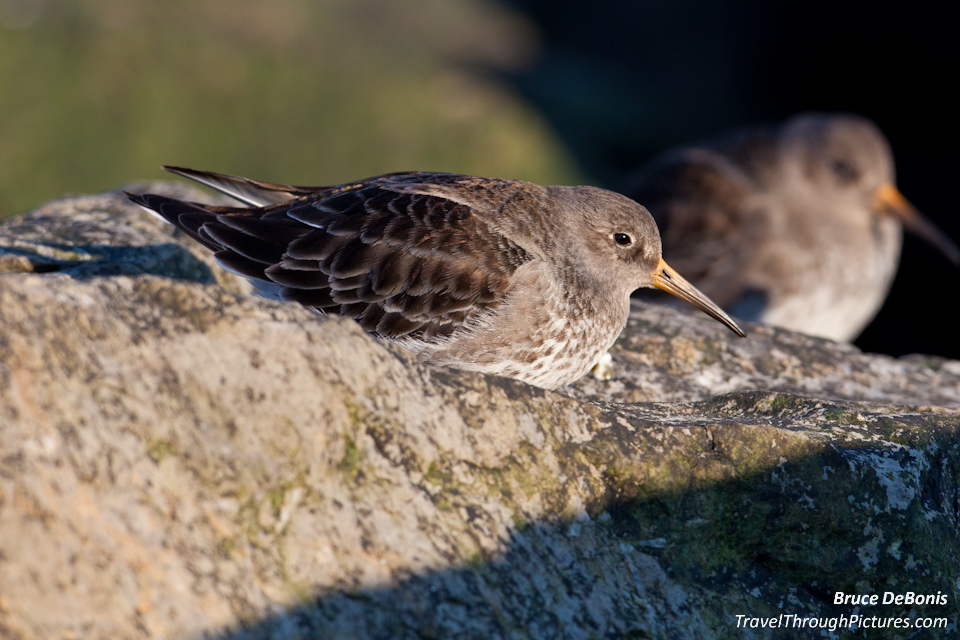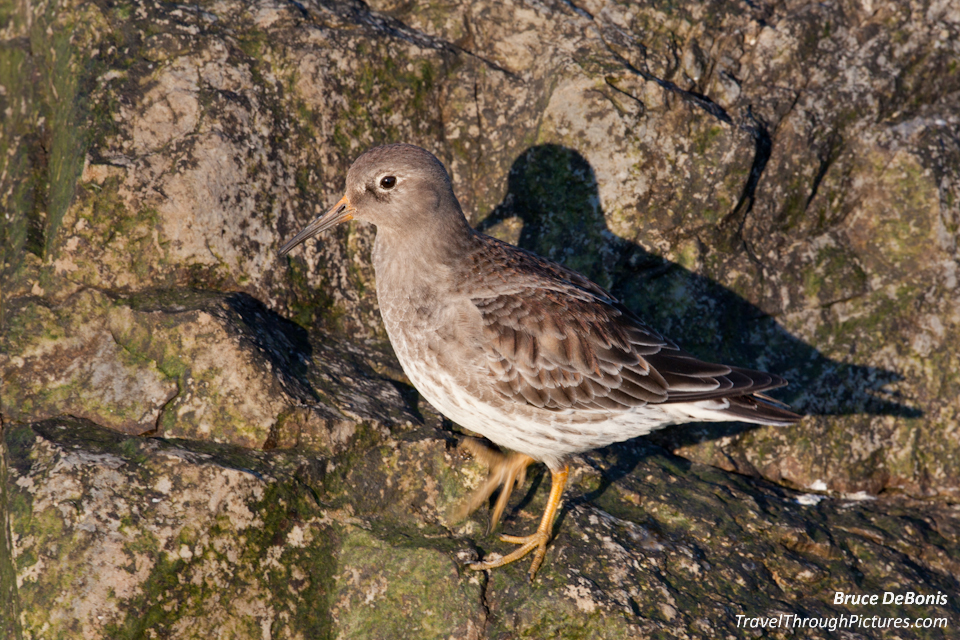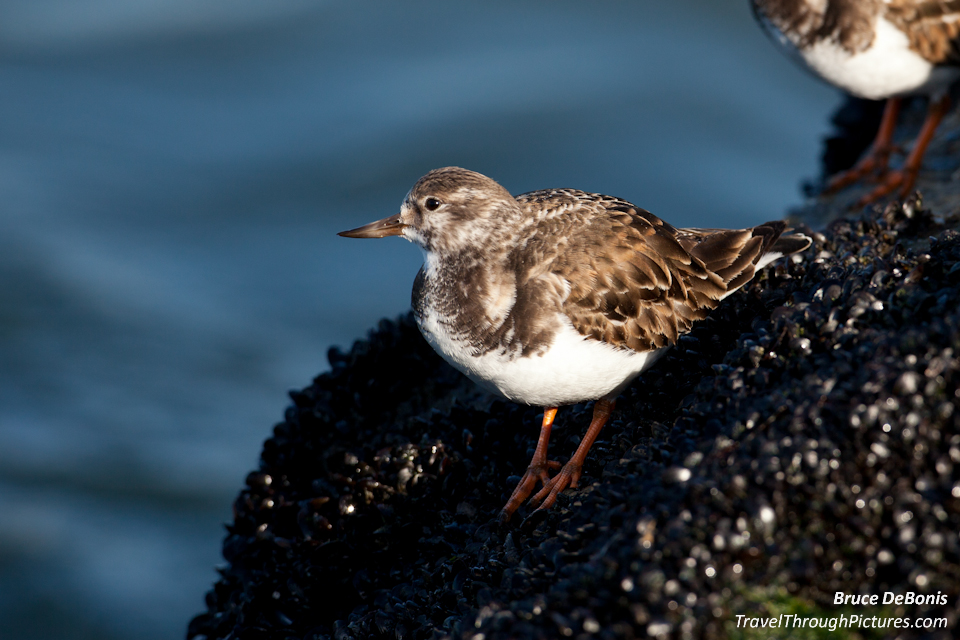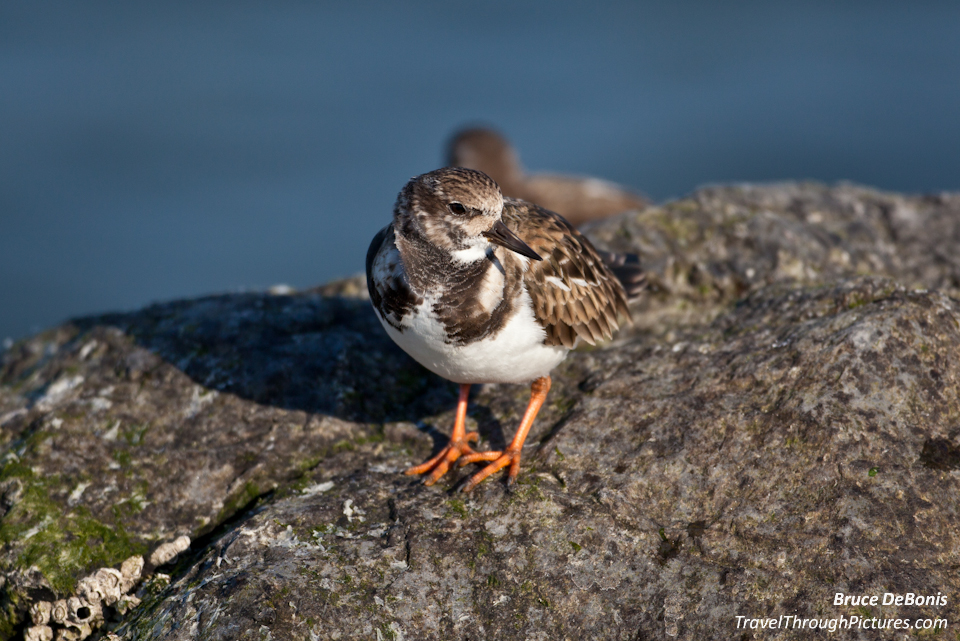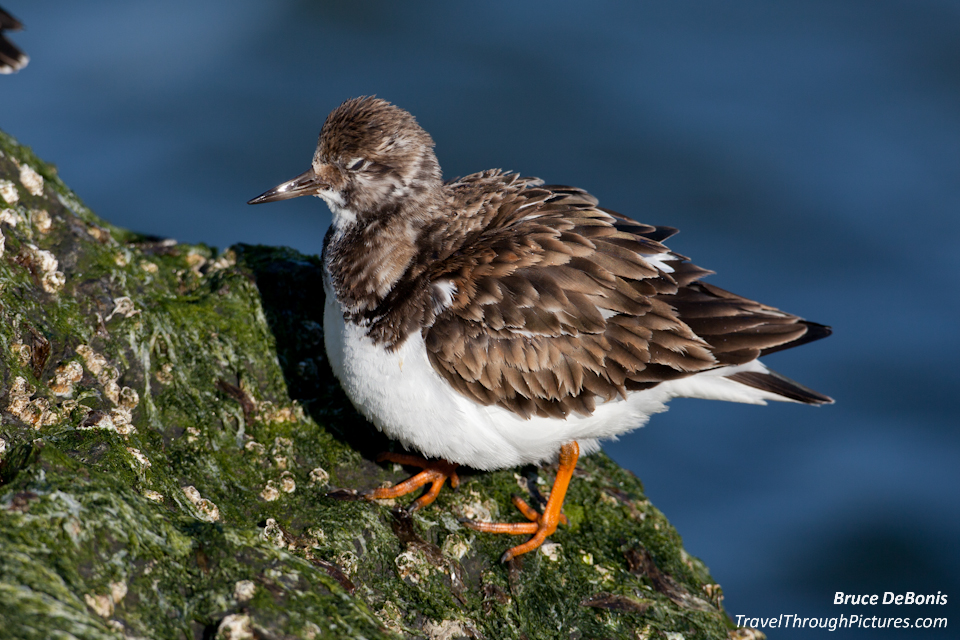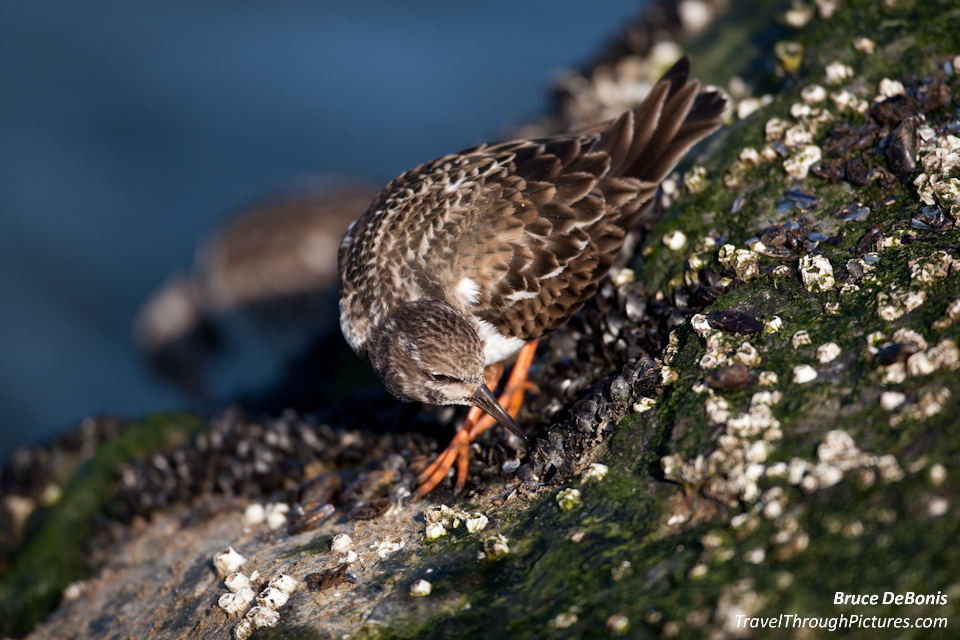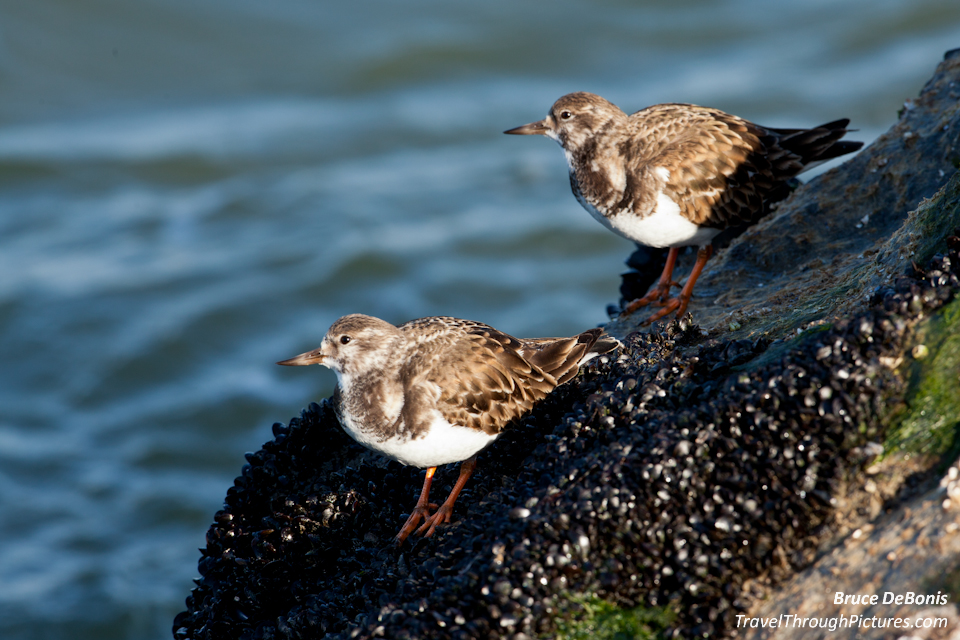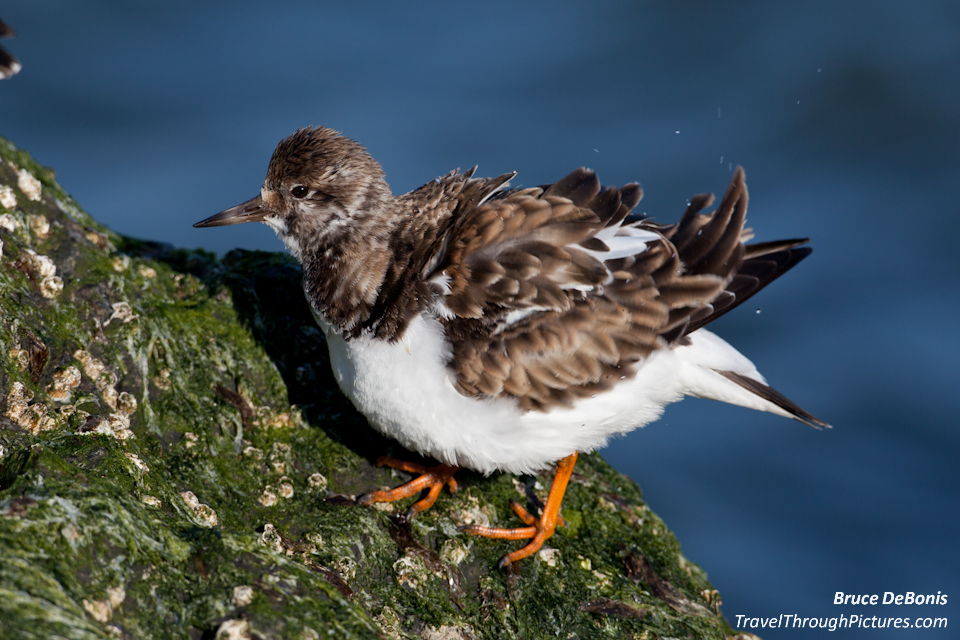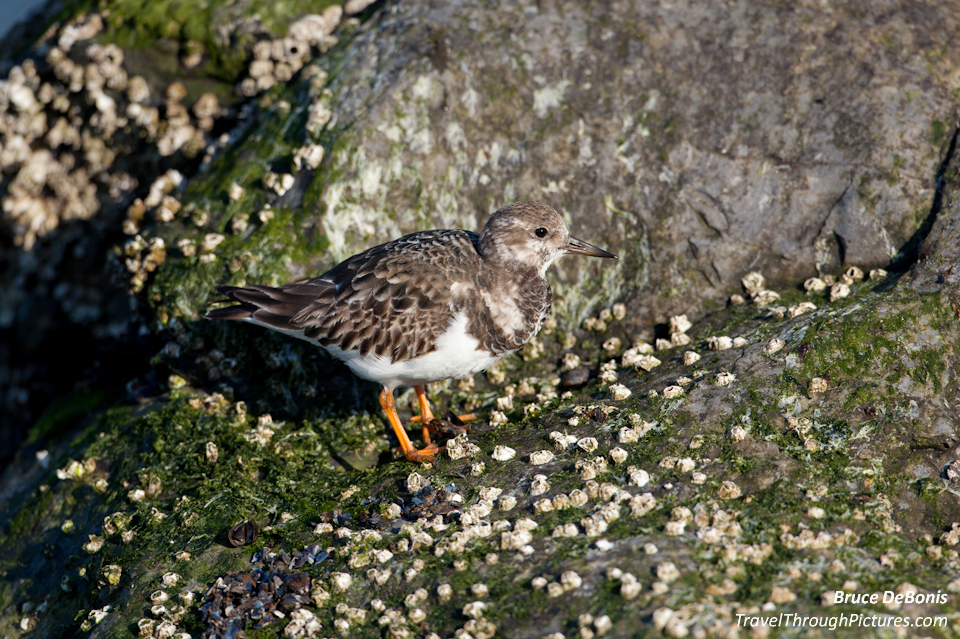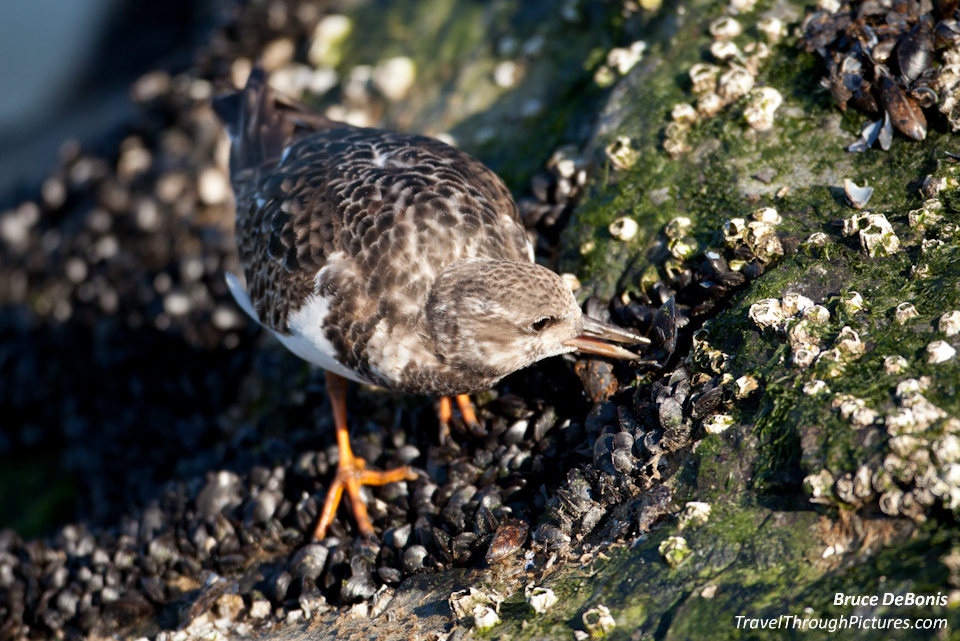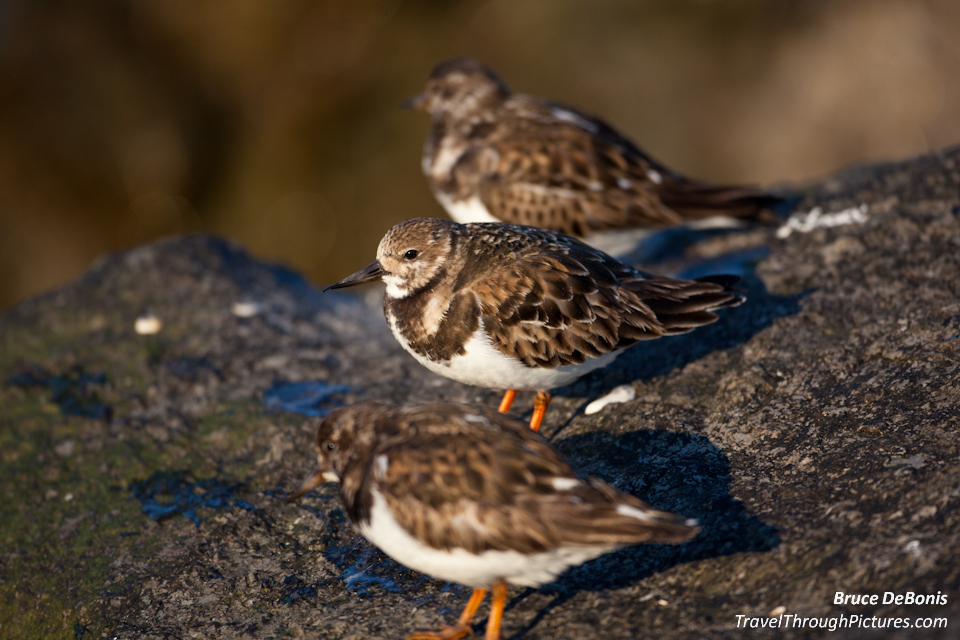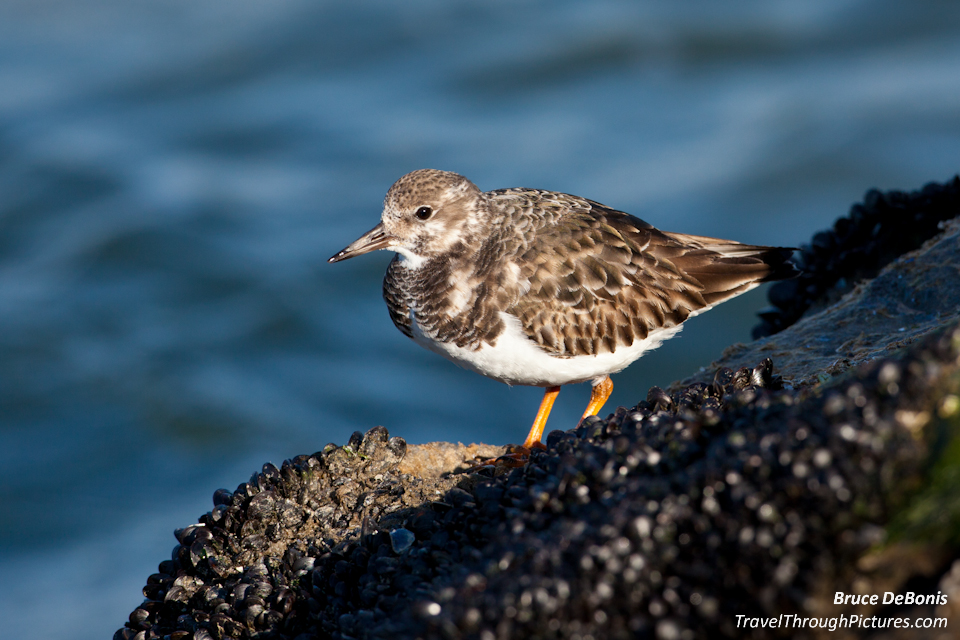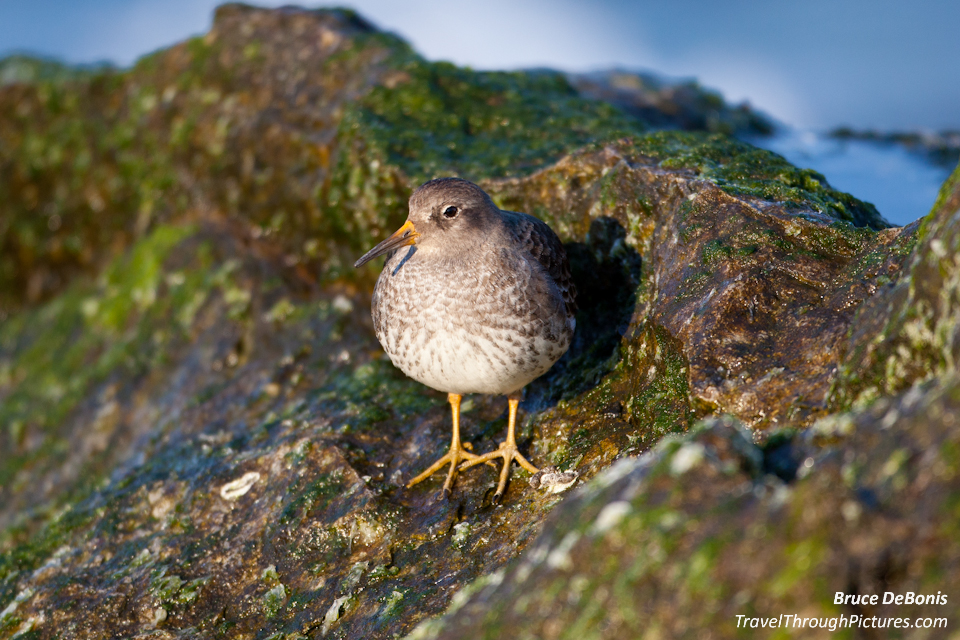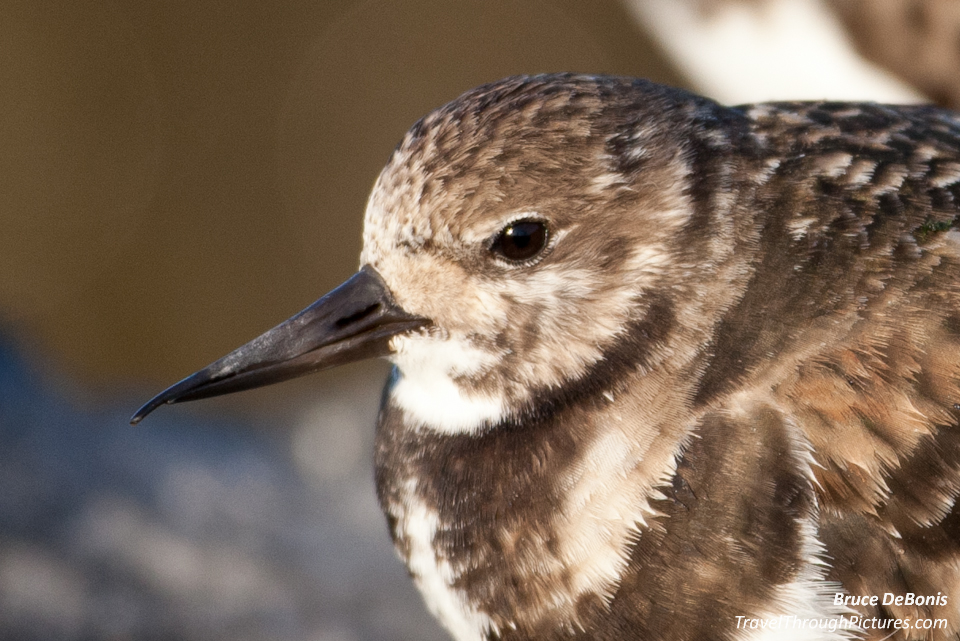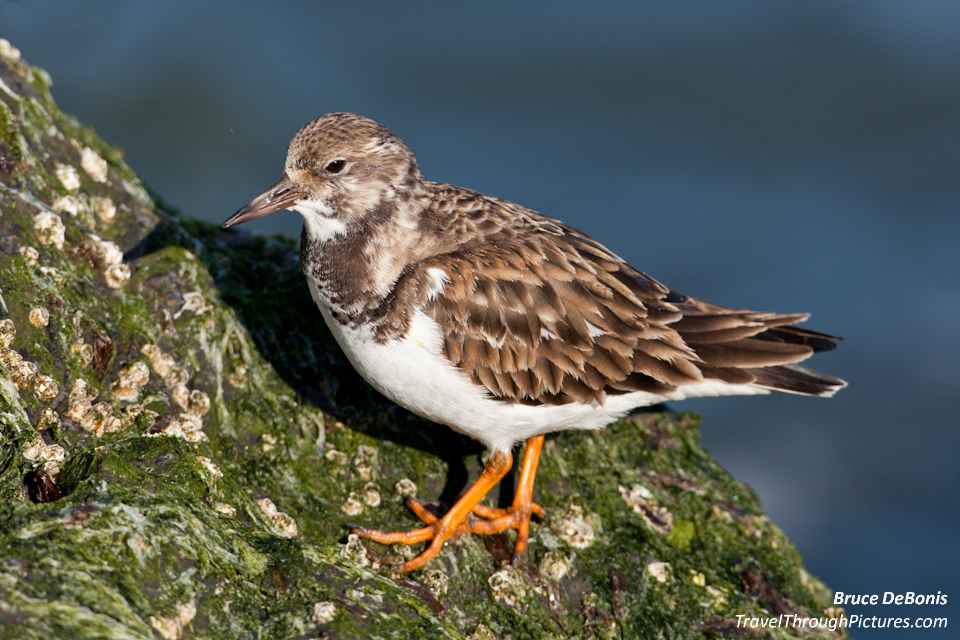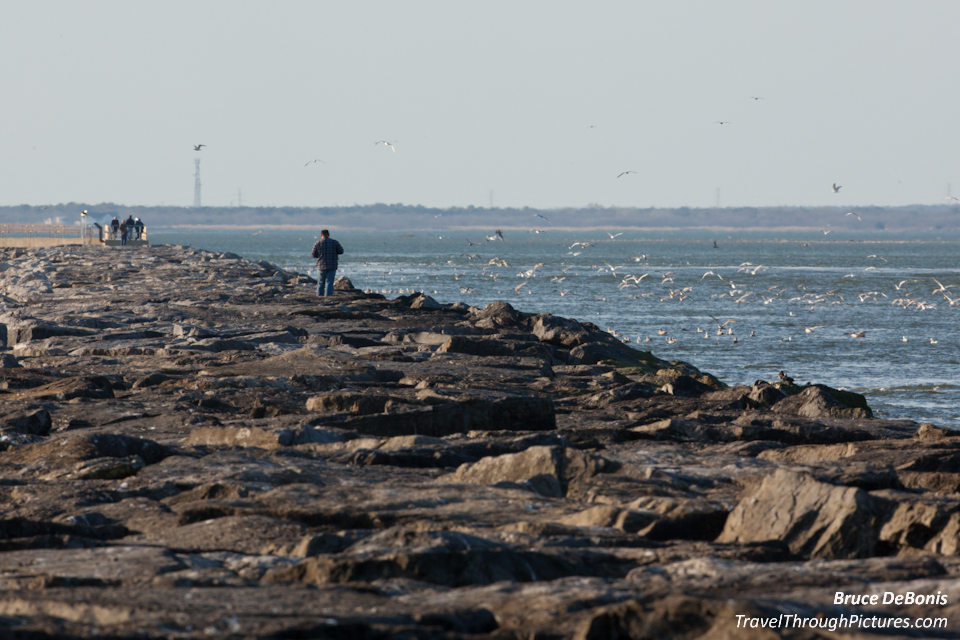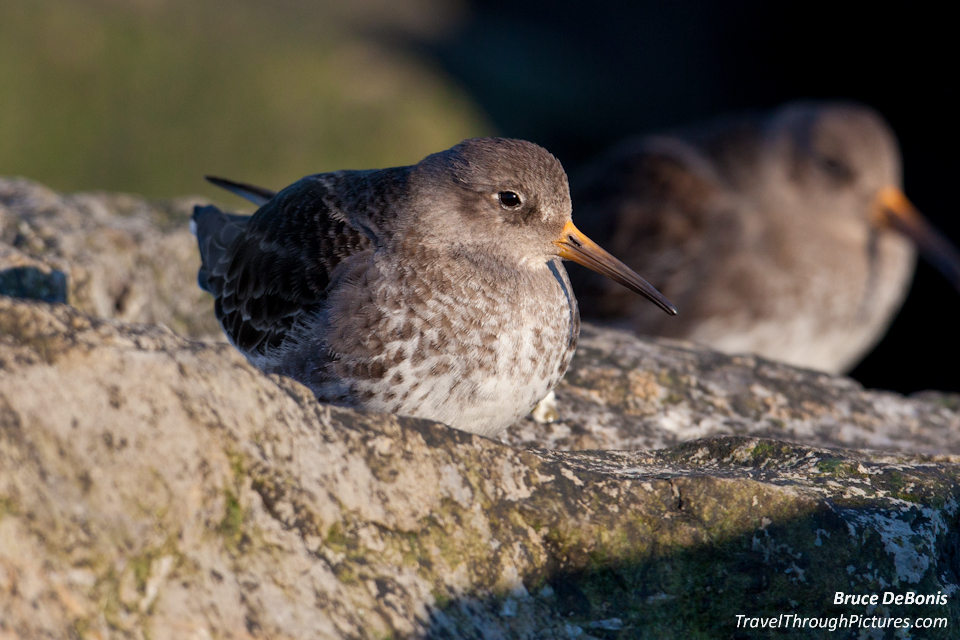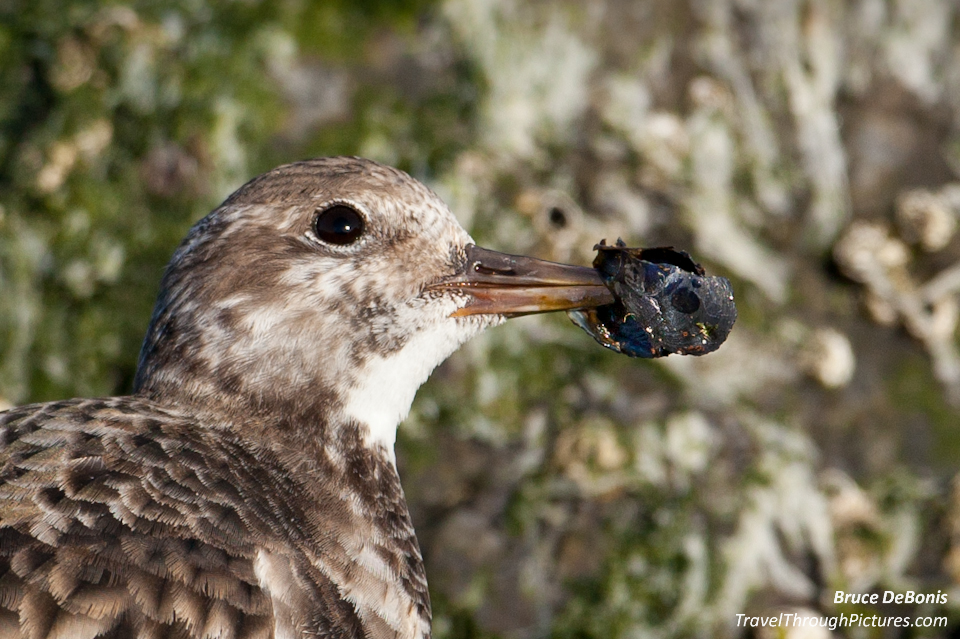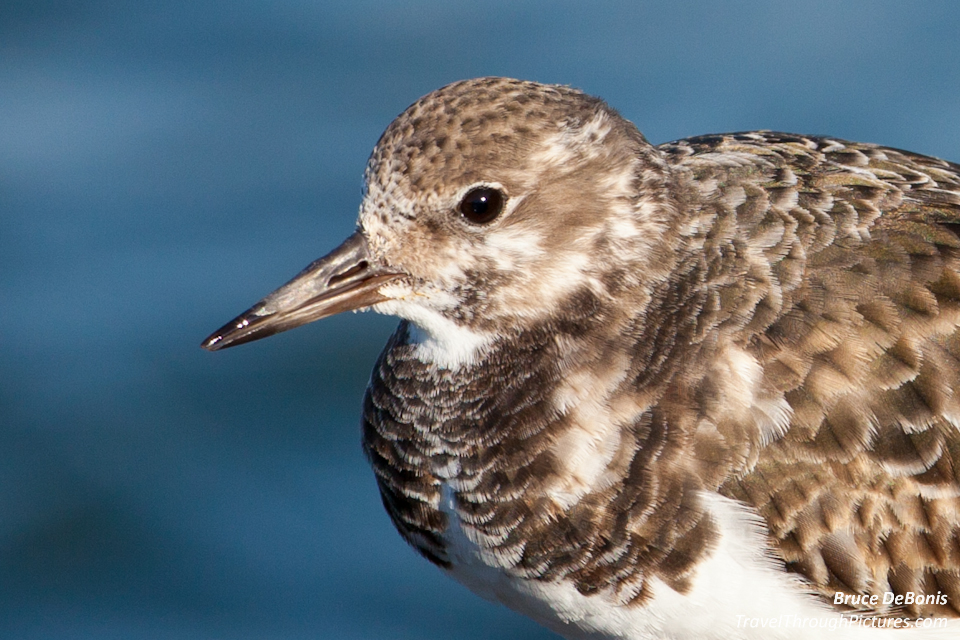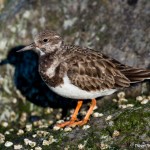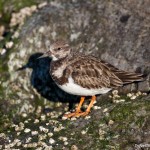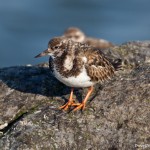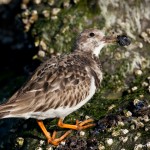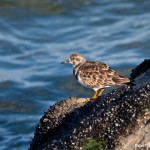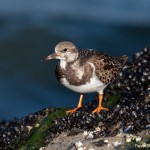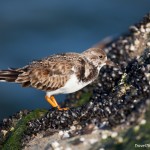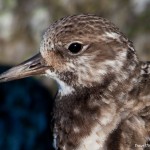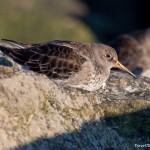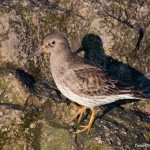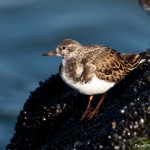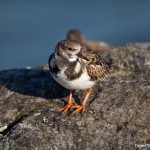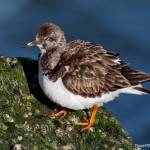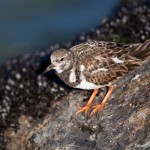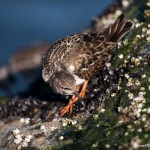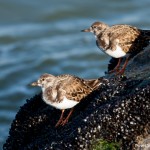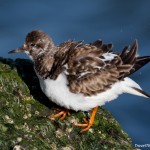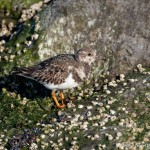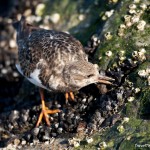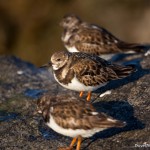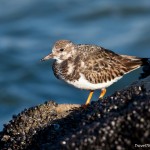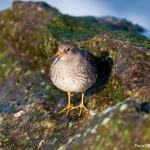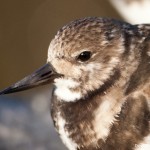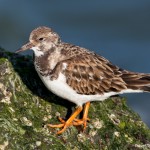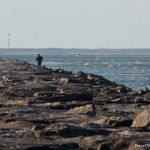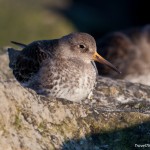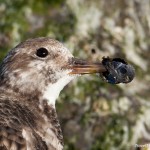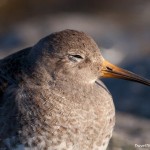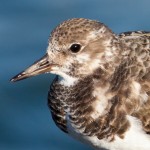Ruddy Turnstones! Purple Pipers! Barnegat Jetty!! Basic Shooting Tips!!
Gotta!!! Start!!! Using!!! More!! Exclamation!! Points!!!!
Why? Because one of our dear readers told me that pictures of birds are boring. Ya think? I know enough about market-driven economics that I must adapt to the needs of the reader, so, I gotta spice ‘em up a bit!!! With exclamation points!!! OK!!! Roll the birds!!!!
Where to go: The Jetty at Barnegat Light, NJ
I headed out to the jetty at Barnegat Light, New Jersey on Long Beach Island and snapped these wintering shore birds in late February. Wintertime at the Barnegat Light jetty is pretty famous with Birder Brains because of the amazing birds found there. The jetty, I am told, is 1.3 miles long and sticks out into the angry Atlantic with Barnegat inlet on one side and sand turning to open ocean on the other.
The jetty can be dangerous if you are not careful because if the rocks are not slippy from water, algae, and other slimes, it is slick from bird poop. I wore hiking boots for both poop-grip and ankle support. Another great accessory for the jetty is knee pads that will allow you to get down low for unique and better camera angles. I think standing or swimming birds look better shot from the side, as best as you can, than shot from above, and having these construction-worker pads really make this easy and comfortable.
Whenever I go to the jetty, I usually can stay for only a few hours at most due to the limits of light and tide. You have to time it right at the jetty if you want good light for great photos and low tide for no drowning.
Click here for more photos I took at the jetty of Ratty Loons, and the famously too-cute Harlequin Ducks.
Bring In the Heavy Equipment
I used my newly repaired and now perfect Canon 500mm f/4.0 IS lens and always wonderful Canon 5D Mk II camera. Because I suffer from shaky hands and a love for this long and heavy lens, I need a tripod for support. Lugging this massive log on top of a very sturdy Gitzo 3530LS carbon fiber tripod with a big heavy swivel head called a gimbal mount Wimberley II gives me shoulder and back pain. I have read that some say this 500mm lens and camera combo is fine without a tripod and easy to carry in the field but I find it impossible to hand hold and fatiguing to carry. I know a few folks that will only hand hold this lens but I noticed they have a cool shiny “S” on their chest and bulging muscles but that is not me. Sure, it is fine if you step out of your car, lift it, shoot one click, and sit back down and go, but if you are going to carry this thing any distance or shoot more than one perfect picture, forget it, you need a tripod. I hoist the rig over my shoulder and lug, lug, lug. Being very light, a carbon fiber tripod is neither a gimmick nor a luxury but it is a necessity if you need a tripod like me and must carry this rig to where your subjects are.
Award-Winning Shooting Tips
I only photographed a few species on this outing, but saw so many more to shoot. My objective nowadays, is to focus on getting just a couple of good shots of just a few birds, rather than take many pictures of many different birds and then hoping I got some keepers. I am always surprised what pics come out and what didn’t. I can shoot four or five shots of a bird and, while I am taking them, I think I will be winning some award for photographic genius only to find something was terribly wrong with all of them later. So, after swallowing my pride and trying to be objective, I looked hard at my crappy photos and tried to understand what I did wrong. The most awful part of this self analysis is that I came to realize that most of my shots really are crappy. So, after much navel contemplation, I distilled my most common reasons for trashing photos to be the following:
- Out of focus or blurred subject;
- Bad composition; and,
- Goofy lighting and shadows.
Now you can write volumes on each of the three items above, but I converted these problems into a few approaches that I hope will improve your percentage of keepers without being confusing and too technical. So, given the most common reasons for my bad shots (please no comments on lack of talent), here are a few things that will get you more keepers and better shots overall:
1) Shoot many. When the birds, or whatever your subject is, are cooperating, shoot a bunch of the same subject with the hope of getting just one or two good ones.
2) Accept few. Nobody cares about volume or how many gigabytes of that one bird you shot, only a few good pictures are all anyone can tolerate or enjoy so shoot many but throw out most and be brutal with yourself in your decision making.
3) Change position. Moving your body around in all three dimensions will allow you avoid problems with composition, lighting, backgrounds and other things that can make or break your photographs and present some interesting alternatives.
4) Change settings. Change up your camera settings with the hopes that something will work and do it in this order while shooting a bunch with each change:
- Constantly re-focus;
- Change aperture a few stops starting wide and moving just a few clicks to narrow; and,
- Occasionally try different ISOs (I only shoot in aperture priority mode and never in auto-ISO).
Oh, and when they are bored, use exclamation points!!!
The Equipment:
- Canon 5D Mk II
- Canon 500mm f/4.0 L IS
- Gitzo tripod with Wimberly head
- Merrell boots with poop-gripper soles

